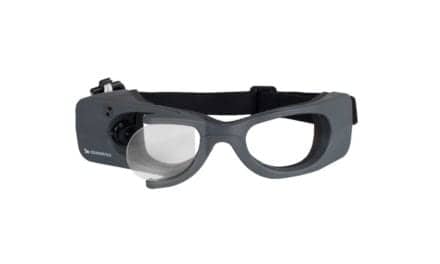As cochlear implant technology has significantly improved, the US Social Security Administration (SSA) should use a more difficult test than the Hearing in Noise Test (HINT) to make disability benefit determinations in adults and children after cochlear implant surgery, says a new report from the National Academies of Sciences, Engineering, and Medicine (NASEM). A press release announcing the report appears on the NASEM website.
Related article: Outrage or Contrition? How to React to the USPSTF’s Apathy on Hearing Screening by Physicians
Currently, SSA uses the HINT to evaluate the hearing ability of people with cochlear implants. During the test, patients are asked to repeat sentences in a quiet environment and in an environment with competing background noise. The report found the HINT has several limitations, however, as it is often only administered in quiet environments, and cochlear implants have improved to such an extent that individuals are getting near-perfect scores (described as “ceiling effects”). Furthermore, the HINT is no longer available for purchase and is difficult for clinics to obtain.
Given the limitations of the HINT, the report recommends the use of a monosyllabic word recognition test, instead of a sentence-based test, to assess hearing loss in individuals treated with cochlear implantation. Monosyllabic word recognition is the current standard for pediatric cochlear implant candidacy, and SSA already uses monosyllabic words to determine initial and continued disability benefits eligibility for individuals without cochlear implants.
The report also recommends that SSA use the same criteria for evaluating hearing loss in individuals with cochlear implants as it uses for individuals without cochlear implants (a word recognition of 40% or less on a monosyllabic word test), as it aligns with the criteria used in the most recent clinical trials for cochlear implants.
The report, Evaluating Hearing Loss for Individuals with Cochlear Implants, is available for immediate release.
Source: NASEM






